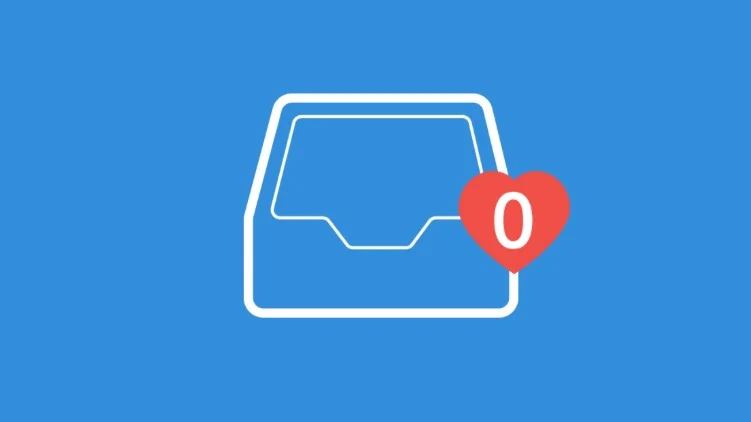3Q Poll: The Best and Worst of Email
Following our column on breaking our addiction to email, we opened a poll asking three simple questions about our love-hate relationship with email.
The responses speak volumes.
Is email the best tool for scheduling?
At least among our sample, the best feature of email is not a feature it's actually very good for. Accepted metrics say that it takes up to seven emails to schedule a meeting between two or more people. Users at companies with Exchange servers or Office 365 for business will have improved functionality for scheduling, but most don't use it.
We still fall back on straight emailing. Two services – Timebridge and Doodle – will do this far better than email ever did. There are other services as well, but these two are easy to use, as fully featured as most of us need, and FREE.
Both work pretty much the same way: You connect your calendar(s) to your account. To schedule, you select times that are open on your schedule and enter the names of those you want to invite. They follow a link and select the times that they are available. When everyone has responded, you – or the service – select the best time, notify everyone via a link in the app and you're done!
There are some differences: Doodle, apart from its unfortunate name, supports multiple calendars; Timebridge only one. That's helpful if you have a work calendar and a personal calendar and need to work around them both. Doodle supports iCal for Apple users, but right now Timebridge only supports Google Calendar and Outlook (versions 20013, 2007, 2010 and a beta for 2011).
Both have the ability to add "meet with me" pages. You send the link to people you want to schedule with and they go into your calendar and propose times that are open. They only see free/busy time, no details. The beauty of both programs is that they put placeholders on your calendar for proposed times. That means you don't overschedule because you lost track of a proposed meeting that wasn't confirmed yet.
Timebridge has a neat feature to create groups of individuals that you routinely schedule with. This is a great tool for teams, consultants, sales professionals, and more.
So if scheduling is what you are primarily using email for, there are better options available that will save time, minimize frustration, and end the embarrassment of double scheduling!
The guilt that goes with unread emails
Despite the fact that we have had email for 30 years, most people don't know how to use the tools in common email programs to keep email under control. OK, everyone knows about junk and spam, but what about the things we sign up for?
Save yourself a lot of angst and learn how to create some basic rules. Rules can identify email as it comes in and sort it into other folders for future reading. In Outlook, you can set up rules that will automatically delete emails from those folders after a prescribed period of time. (If you haven't read a newsletter within two months, chances are you just aren't going to.). Rules can be powerful and can help keep your email manageable.
My blood pressure ticks up in proportion with the increasing badge count on my unread emails. But my goal is not a zero inbox. It is to get the action-required emails where they need to be so I am working on them.
That means triaging email - throwing out the low-hanging fruit, categorizing the "maybe laters", and leaving in front of me only those that are important.










